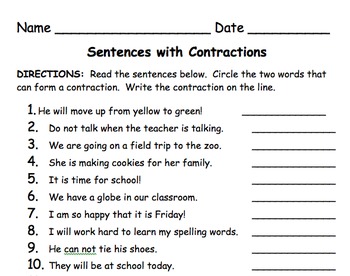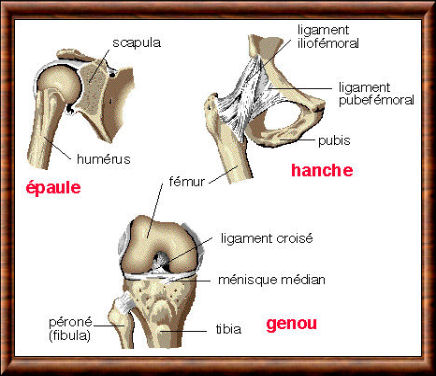There are different kinds of contractions that happen during a pregnancy and through baby delivery. Some women experience common contractions within the days earlier than labour really kicks in properly, but none of it’s ‘wasted’, as it is all a part of effacement. Others expertise cramps, contractions and discomfort for weeks earlier than delivery. As your being pregnant progresses, Braxton Hicks contractions are likely to happen considerably extra often, but until you get to your previous few weeks, they will probably stay rare, irregular, and painless.
In case your contractions are closer than five minutes aside, head to the hospital. In transition, when the cervix dilates from 7 to 10 centimeters, the pattern adjustments to where contractions final 60 to ninety seconds, with simply 30 seconds to two minutes of relaxation between. Your contractions are coming 5 minutes (or less) aside. That’s normally when it is time to hit the hospital or birthing middle.
While there are many stuff you need medical professionals for (we don’t advocate DIY ultrasounds, for instance), you’ll be able to perform a self-check to see should you’re feeling true contractions: Lie down and place a hand in your uterus. Within the first stage of labour, your contractions steadily open your cervix. Active labor (the time you need to come into the hospital) is usually characterised by sturdy contractions that last 45 to 60 seconds and happen three to four minutes aside.
While there is not any need to time yourself like Olympian Usain Bolt in a 100-meter dash, you or your partner do need to begin noting how lengthy the contractions last and the length of the time between them (measured from the beginning of one contraction to the start of the next). When I felt actual contractions, not Braxon Hicks, they might often begin to tighten on the lower a part of my vagina and proceed to tighten every thing transferring as much as the top of my uterus (all the best way at the top of my stomach).
Attempt not to worry (orgasm itself is a contraction of the uterus, after all!). Visualize what the contractions are conducting, the thinning and opening of the cervix and the pushing of the newborn downward. As your labour progresses, your contractions are prone to turn out to be extra powerful and more frequent. Your practitioner has possible told you when to name should you think you are in labor (when contractions are 5 to seven minutes apart, as an example).
